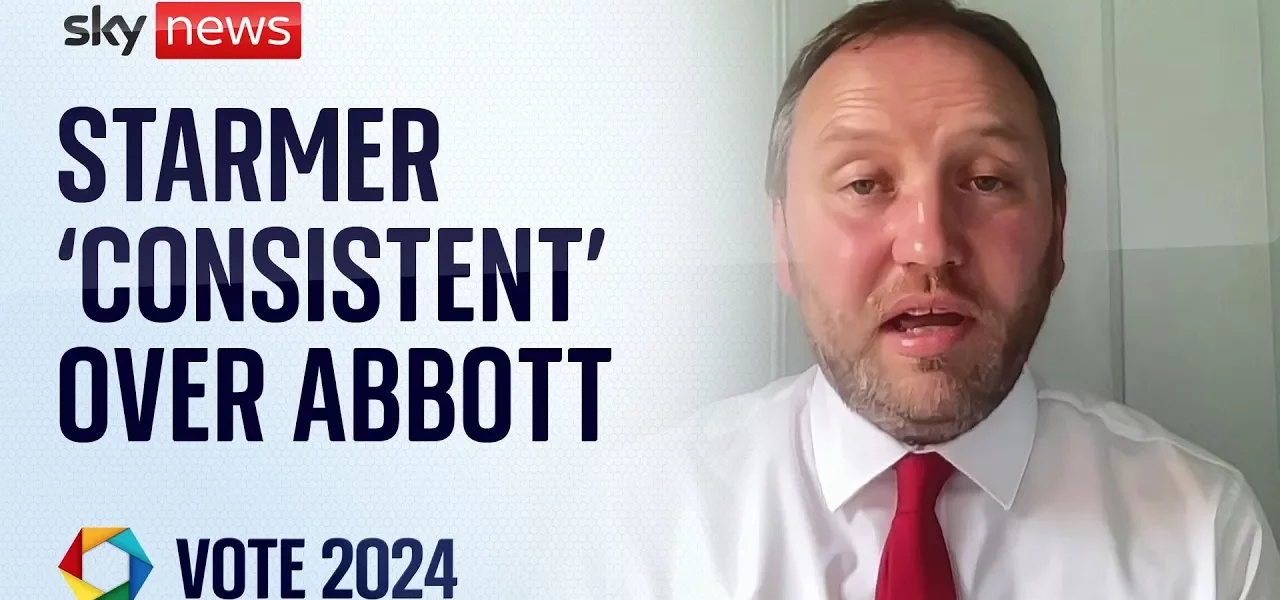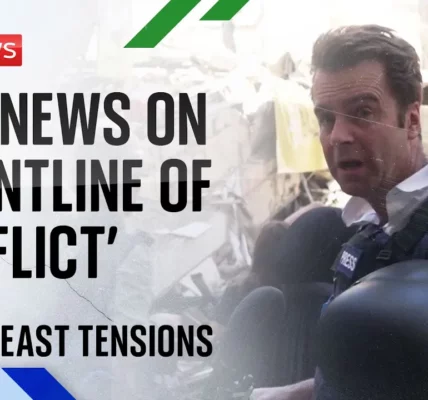Diane Abbott: Navigating the Political Landscape of the Labor Party

This article delves into the intricate dynamics surrounding Diane Abbott’s candidacy in the Labor Party, the implications of recent decisions by the National Executive Committee (NEC), and the broader political context in the UK. Join us as we explore these critical updates and their significance for the future of the Labor Party.
Introduction
The political arena in the UK is often fraught with tension, particularly within the Labor Party, where recent developments surrounding Diane Abbott have sparked widespread discussion. Amidst a backdrop of snap elections and strategic maneuvering, the party’s internal processes have come under scrutiny. This article aims to unpack the complexities of Abbott’s situation, the role of Kier Starmer, and what lies ahead for the party as it navigates these turbulent waters.
Diane Abbott’s Candidacy: The Current Situation
Diane Abbott, a prominent figure in the Labor Party, has found herself at the center of a political whirlwind. Following her recent reinstatement, questions arise about her candidacy and the decisions made by the NEC. Here are the key points concerning her situation:
- Abbott was previously stripped of the whip due to comments made, leading to an independent investigation.
- Following the investigation, the whip was restored, allowing her to stand as a candidate.
- Kier Starmer’s statements have fluctuated, leading to confusion about the decision-making process.
The Role of Kier Starmer and the NEC
Kier Starmer, the leader of the Labor Party, has been a pivotal figure in the discussions surrounding Abbott’s candidacy. His consistent messaging—or lack thereof—has raised eyebrows:
Starmer’s Consistency
Since the initial announcements, Starmer has maintained that no decision had been made regarding Abbott’s candidacy, despite public perception suggesting otherwise. This has led to the following observations:
- Starmer has reiterated that Abbott is free to stand as a candidate.
- His comments have often been at odds with the media’s interpretation of the situation.
- The NEC’s role has been critical in the ratification of candidates, especially under the pressure of a snap election.
The NEC’s Decision-Making Process
The NEC is responsible for overseeing candidate selections and ensuring that all candidates are approved to stand. The urgency of the snap election has necessitated special procedures:
- Rapid decision-making processes have been implemented due to time constraints.
- All candidates across the UK must be formally ratified, which is a complex task.
- The NEC’s decisions will be finalized in their upcoming meeting, crucial for Abbott’s candidacy.
Political Implications and Future Prospects
The ongoing situation involving Diane Abbott holds significant implications for the Labor Party, particularly in light of upcoming elections. A few key considerations include:
Impact on Party Dynamics
The internal turmoil surrounding Abbott reflects broader issues within the Labor Party:
- Questions about leadership effectiveness and decision-making transparency.
- Concerns regarding the party’s ability to present a united front before elections.
- The necessity for clear policies that resonate with the electorate.
Policy Discussion and Future Directions
Amidst the political drama, the Labor Party has also been working on policy initiatives that aim to attract voter support:
- Introduction of the “Great British Energy” initiative aimed at clean energy by 2030.
- Focus on creating jobs within the green economy.
- Plans to upgrade energy infrastructure to meet climate targets.
Conclusion
The unfolding saga surrounding Diane Abbott’s candidacy and the decisions of the NEC highlight the complexities of political maneuvering within the Labor Party. As the party gears up for the elections, it is crucial that they address internal divisions while also presenting clear, actionable policies to the electorate. We encourage readers to stay informed and engaged with these developments, as they will undoubtedly shape the future of UK politics. For more insights on related topics, feel free to check out our articles on Labor Party Dynamics and Clean Energy Initiatives in the UK.
“`




